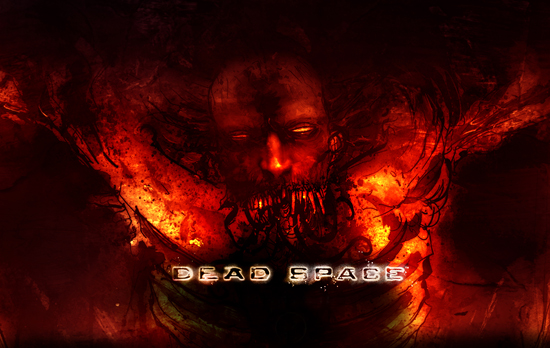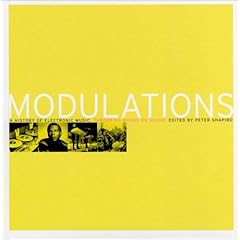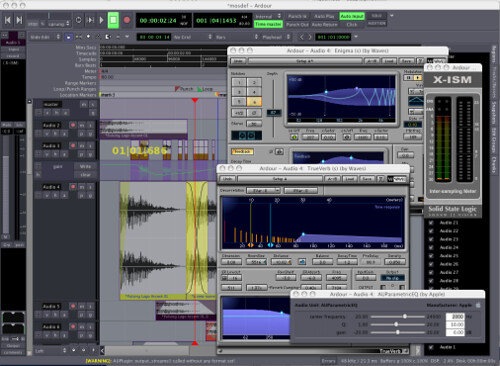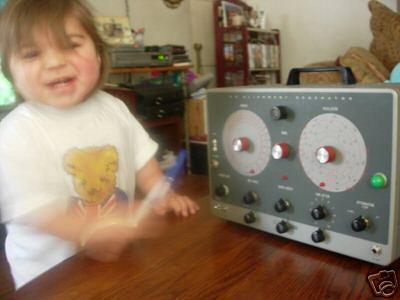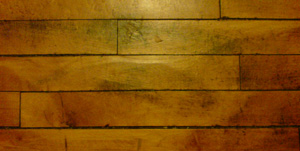
mixonline reports about a panel discussion which took place in the States the other day in which the authors of the book Recording the Beatles discussed their research for their book. They were joined by an engineer from Abbey Road who worked with the beatles and George Martin.
"While a great many entertaining stories were told, there were also solid audio engineering tips for the audience to apply to their own work. Most practical was when Ryan played back audio examples of the before-and-after of George Martin’s famed half-speed recording techniques on songs such as “In My Life” and “Being for the Benefit of Mr. Kite.” He observed that although this process is still available to engineer/producers today, it remains underused, serving as a solid reminder that we can still channel the recording wisdom of The Beatles as we work within our DAWs.".
There is a video available of the session.











